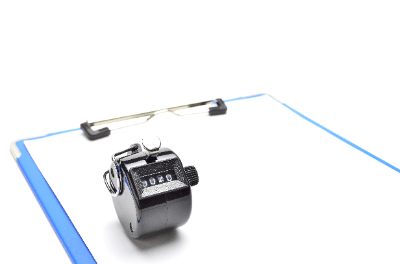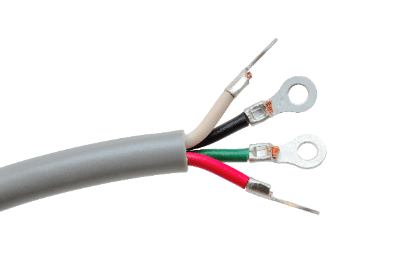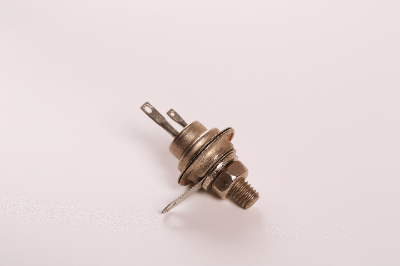What Is a Mica Capacitor?
A mica capacitor is a capacitor that uses a natural mineral ceramic called mica as the dielectric.
These capacitors have very high heat resistance and good temperature characteristics. Mica is used in thin layers, which are peeled off one by one. The mica layer is easily cracked, making it more difficult and expensive to process than other capacitors.
In recent times, the share of ceramic capacitors has been decreasing due to their improved properties, although they continue to be preferred for audio-related applications.
Uses of Mica Capacitors
Mica capacitors were popularly used in vacuum tube amplifiers and power conditioners, especially in the 1970s and 1980s. The sound quality unique to mica capacitors has attracted attention, and some models are used in high-end audio amplifiers.
It was used in almost all electronic equipment such as radio communication equipment and electronic calculators around the time of World War II. Later, they were also used in televisions, radios, etc. However, due to their high cost, inexpensive capacitors have become the mainstream in recent years.
Principle of Mica Capacitors
1. Characteristics
Mica capacitors utilize the natural mineral mica as their dielectric material. Mica is a silicate mineral, and because it is made from a mineral, it maintains stable characteristics even at high temperatures. It also has good high-frequency characteristics.
Capacitance tolerance, which indicates the accuracy of capacitance, can be made very small, and since equivalent series resistance is small, the dielectric loss tangent can be kept small.
2. Capacitance
The capacitance of a capacitor increases as the electrode area increases. A mica capacitor consists of thinly peeled mica plates and silver foil alternately stacked in a sandwich-like structure. The purpose of sandwich layering is to make the capacitor smaller while increasing the electrode area.
Mica is an unusual mineral in that it is thin and easily peeled off, and it also has excellent electrical insulation properties. The mica capacitor was conceived based on these characteristics of mica. Some capacitors use a technique called a paper capacitor, in which the electrodes and dielectric are rolled up like a scroll to increase the electrode area.
Types of Mica Capacitors
There are two main types of mica capacitors: the stacked type, in which metal foil such as tin and mica are alternately arranged on the electrodes, and the silver paste printed on mica and layered on top of each other. The silverado-type has better characteristics because it is heat-compression bonded and is used in more situations than the stacked type.
Mica includes white mica and biotite, and its form and color vary slightly depending on the composition of the raw material. Its quality and composition vary slightly depending on the region of origin and the part used, and since it is a naturally occurring mineral, it is more difficult than other capacitors to maintain stable quality.
In addition, the process of carefully peeling off the thin layer of mica must be done by hand, so the cost is higher because of the skill required.
Other Information on Mica Capacitors
Role of Mica Capacitor
The basic structure of a capacitor consists of two electrodes facing each other with a gap between them; when a DC voltage is applied to the two electrodes, electrons momentarily gather on one electrode and become negatively charged, while the other electrode becomes positively charged due to a lack of electrons.
This state is maintained even after the application of DC voltage is stopped, and an electric charge is stored between the two electrodes. When a dielectric is inserted between the electrodes, the dielectric polarization of the dielectric increases the stored charge. Mica capacitors use mica as the dielectric.
The dielectric constant measured at 50Hz is 6.5~9, which is higher than that of other materials. Mica is also suitable for dielectrics because of its heat resistance and insulating properties and its thin film form.

 A solderless terminal is a type of terminal material used at the end of an electric wire. Solderless terminal is a method of mechanically joining a wire to a terminal by plastic deformation using a tool or other means.
A solderless terminal is a type of terminal material used at the end of an electric wire. Solderless terminal is a method of mechanically joining a wire to a terminal by plastic deformation using a tool or other means.